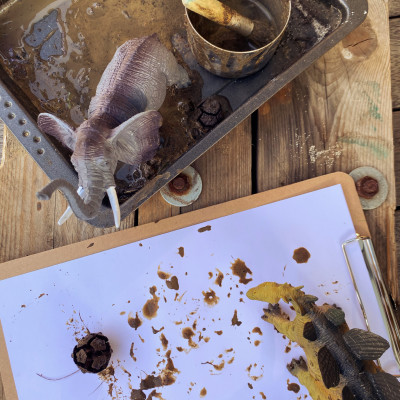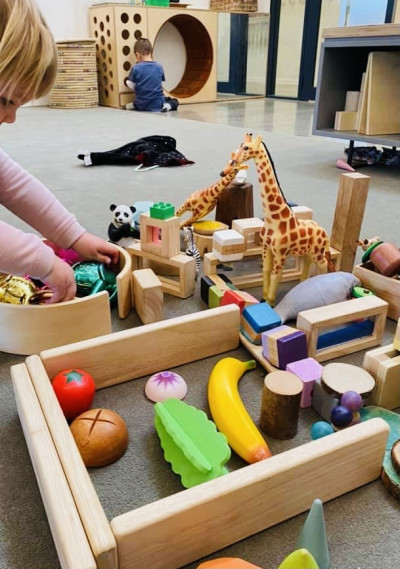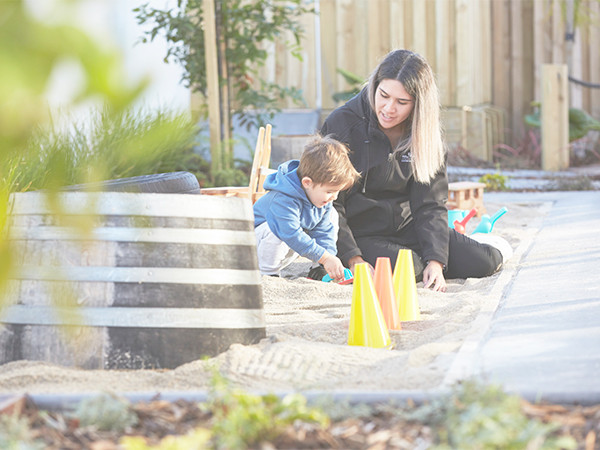
“Educarers demonstrate love by showing and teaching respect.”
Magda Gerber
In a world where expectations are for things to be faster, smarter, and instantly responsive, this can easily flow into our relationships with young children. No matter which corner of the world we practice in, the desire for children to be empowered and self-determining in their learning is at the heart of every early childhood curriculum.
So, if we genuinely want children to make their own decisions, we need to make sure that when we ask them a question, we take the time to pause before respectfully responding.
How do educators achieve this in a fast-paced world? By slowing down and truly listening. When we first practice pausing to allow a response, it can feel like we are forever waiting. As educators, we often think we’re not teaching children anything unless we actively lead the learning. But we are constantly educating children about how the world works, social constructs, and how to “be” in a relationship with others by how we are in a relationship with them.
This article explores key reasons why authenticity and respect are important for children’s growth and development, giving you an opportunity to reflect on how you listen and communicate with children, and provides useful tips for slowing things down so you can truly hear and value children’s voices.
“Allow the child to be authentic, to move, to feel the way they move, appreciating them for what they are.” Magda Gerber
Supporting children to make their own decisions
Do you ever ask a child a question expecting an instant response, such as:
- Do you want to come with me? (as you are already walking away)
- Do you want to sit here, or here, or here? (as you pull out chairs, pat a seat, or point somewhere before the child even has a chance to look at the first choice).
- What do you want to wear? This, this, this, or this? (as you hold up a collection of items to choose from).
If we do not ask, pause, wait, and listen, we communicate to children that we are not genuinely interested in their choice.
Imagine how that feels time and time again
When we ask children for their thoughts, offer them a choice, or invite them to look at something but don’t truly allow them to participate. They will likely become children who don’t listen or respond to us over time.
When these experiences of not being listened to and not being given authentic choices are the usual experience for a child, these become their “norm.” We could be inadvertently embedding responses and behaviours we later seek to “fix.”
- The child who ignores us when we ask them to make a decision.
- The child who doesn’t bother answering us when we ask them a question.
- The child who stands and shrugs and will not offer an answer because they are afraid of the response they will get, or they don’t know what we want to hear from them.
- The child who is unable to speak confidently for themselves because they are so used to adults answering for them.
Empower children to find their voice
How often have you asked a parent about their child in front of them? Then gone on to have a lengthy conversation about the child without including them? Talking over or about children in their presence signals that adults are the decision-makers who hold all the power, and children learn their voice is not needed, valid, or important.
Think of those times when adults are constantly answering for children to avoid awkwardness or to fill silences. How many times have you observed these scenarios:
- A child arrives in the morning, and we ask, “How are you?”. When the child hesitates or doesn’t answer, the parent jumps in to fill the gap “He’s good.”
- At the end of the day, the parent asks their child “How was your day? What did you do? Did you eat all of your lunch?”, and the child doesn’t answer.
- Are you ready to come and play? What would you like to do? Do you want to play with the animals? The play dough? Question after question, without pausing to wait, and listen.
If you want children to have the opportunity to answer these questions and feel heard and valued, simply direct questions to the child rather than their parent.
- Crouch down to the child’s level or look directly at the child and use their name, ask, pause, and wait for a response. This lets them know you are listening and want to hear from them.
- If a child is being held by a parent, maybe gently touch the child on the arm, look, and smile directly at them when you speak to them, “It’s lovely to see you this morning, Taylor. How are you feeling?” And stay in that space, looking, smiling, and waiting for their verbal or non-verbal response. Even a young baby will respond to this questioning (with a smile, arm flaps, or eye movements) if given time and space.
The importance of modelling good communication
Modelling good communication and listening in your early year's environment is important because children learn behaviours by observing adult interactions. Think about how you interact with other adults when seeking a considered response. Our own ways of connecting and communicating as adults are strongly influenced by our childhood experiences.
It’s possible we are not particularly good listeners or communicators even with other adults. In an early years teaching team, it is common for adults to:
- Ask someone a question and then plough ahead with their own answer without waiting for a response.
- Invite a colleague’s opinion during a meeting on an important topic without giving them any time to prepare or consider the topic beforehand.
- Form an opinion on a colleague’s thought processes, or understanding of a situation, without asking for clarification of their thoughts.
- Fill silences in discussions because we assume the other person doesn’t have anything to say.
Be aware of children’s non-verbal communication
As adults, we have become accustomed to making noises or body movements that let others know we are thinking about how we want to respond, including:
- Saying ummm....
- Looking upwards or to the side as we ponder our response.
- Huffing or taking a deep breath.
- Putting our hand up (as if to say STOP when we need time to think and answer).
- Folding our arms over our chest.
Young children have not yet learned these social signals, so adults will often continue asking more questions without recognising the child simply needs more time to think. Even very young children give us signals they are thinking and responding to our questions if we truly pay attention when we ask.
- Shall I pick you up now? The baby leans towards us or lifts their arms up as if to say, “Yes, I am ready.”
- Would you like to come with me? The child smiles shyly behind dad’s legs.
- We have your favourite play dough ready this morning, would you like to help me get it out? The child nods but does not say anything else.
We can genuinely and respectfully encourage children to make their own decisions in many ways in our day-to-day work. It comes down to giving them the time to process the question and respond in a way that feels right.
10 ways to effectively slow down and truly listen to children
- Slow your own movements and breathing in your ECE environment, so you are able to observe, listen, notice, recognise, and respond respectfully and thoughtfully to children. How often do we chastise children for running inside or for not listening when we are always in a hurry ourselves?
- Offer real choices that matter to children, e.g., “Which song would you like to hear?”
- Ensure children are able to make choices in their play. Our role as educators is to prepare the environment and resources to allow children to decide what they will do.
- When you ask a child a question – PAUSE and wait. Give them time to think. A good rule of thumb is silently counting slowly to 10 before speaking again. It can feel like a suuuuuuuper long time, but this is the minimum time children need to think about what they want to communicate back.
- Don’t confuse choices with instructions. Consider whether there is a choice, e.g., “Do you want to get in the car?” when you need them to get in the car, or “Do you want to go to bed?” when it is their bedtime.
- When we need children to cooperate with us, we can empower them to be involved in the process without creating the opportunity to say “No”. For example, when a child needs a fresh nappy, rather than saying, “Shall I change your nappy?” we can give them a choice about how they come to be changed. For example, “Would you rather walk to the bathroom or hop like a rabbit?”, “Would you like me to carry you to the bathroom?” or “Do you want to lay down or stand up when I change your nappy?”
- Sometimes too many choices can be overwhelming, so it is best to stick with two, e.g., “Would you like an apple or banana?”, “Do you want to sit on the blue or red cushion?”
- If we want to encourage cooperation rather than a battleground, we need to offer win/win choices we are comfortable with, e.g., “You can snuggle up next to me here to listen to the story, or you are welcome to play somewhere else.”
- Respect and trust that children are capable of making the right choice for them. If we want children to learn to trust themselves in their decision-making, we must demonstrate that we trust and believe in them. For example, if we ask, “Are you hungry?” and the child says, “No, thank you”, then we must respect that this is what they mean.
Being an authentic person is the key goal of Magda Gerber’s RIE philosophy. This approach to being in a relationship with children is founded on respect. When we truly respect someone, we want to give them choices and hear their thoughts. When we give children authentic choices, where we genuinely want them to choose for themselves, and where we ask, wait, and then respectfully respond, we reinforce to children that being authentic matters. And they matter to us too.
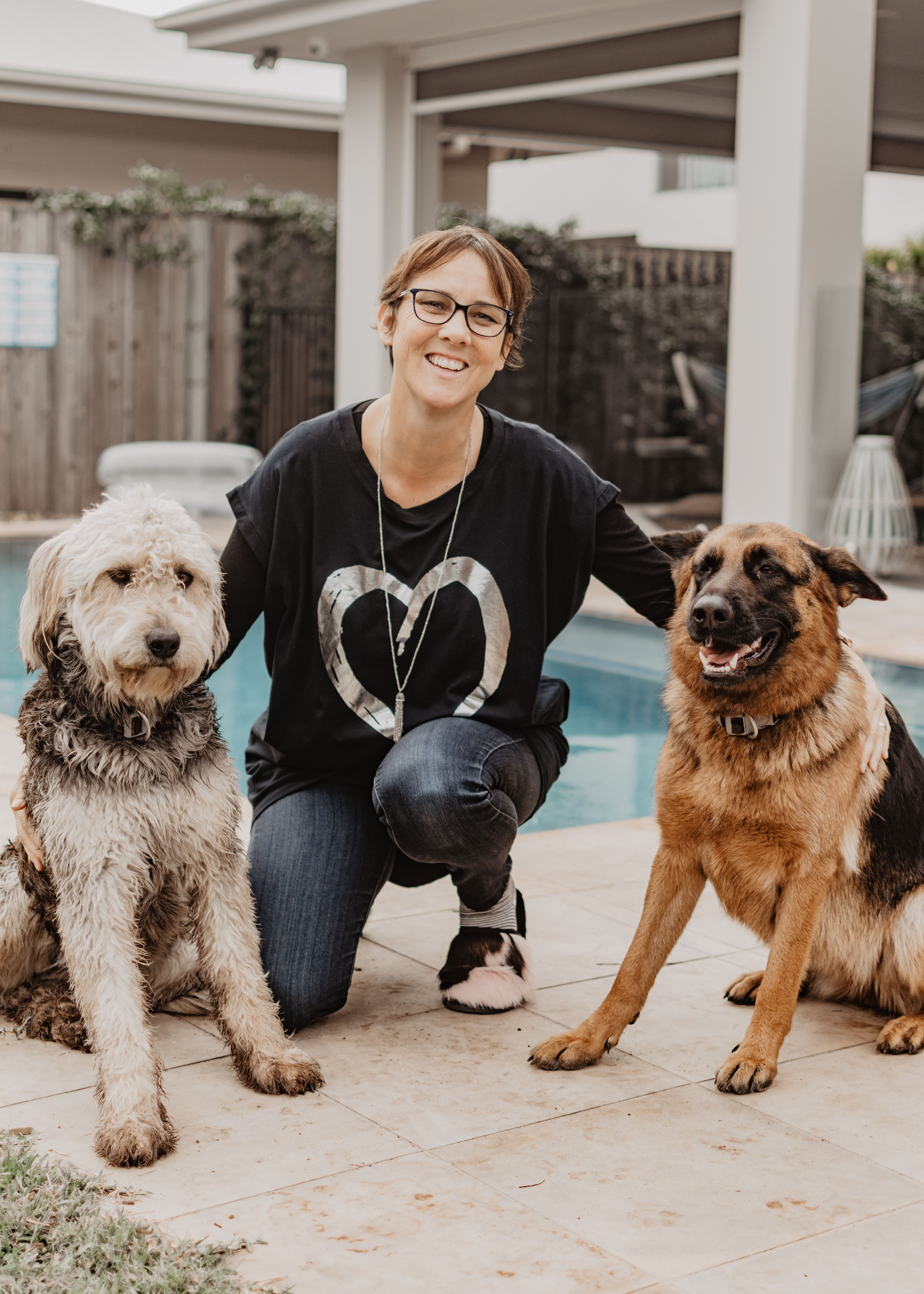 Angela Bush
Angela Bush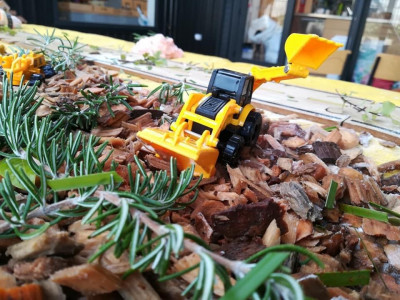
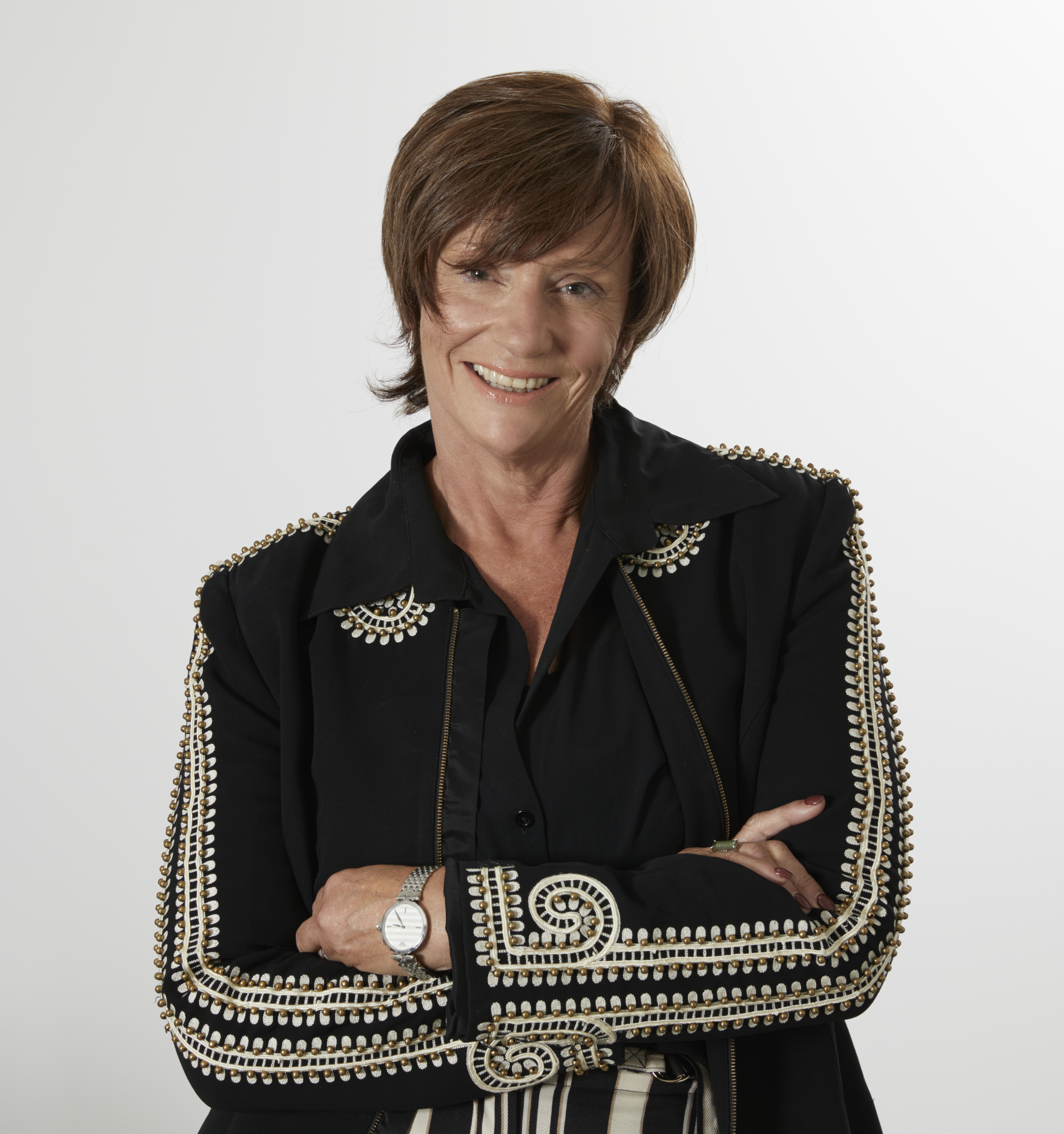 Michelle Pratt
Michelle Pratt